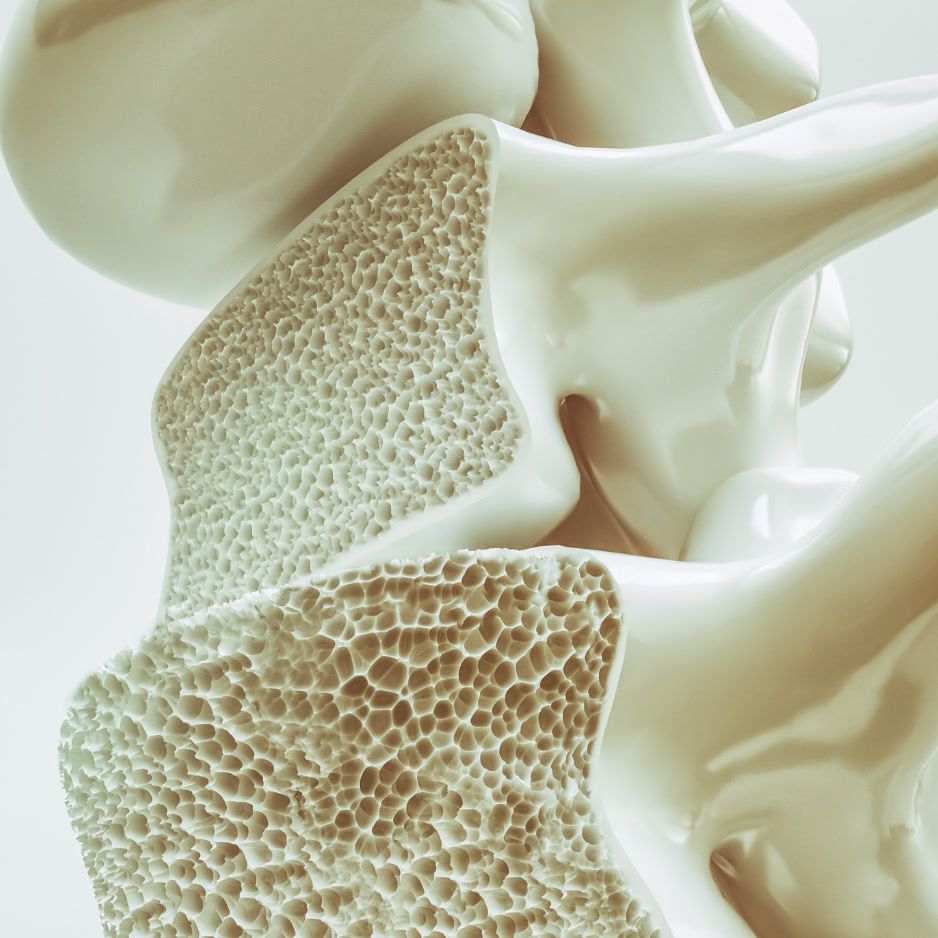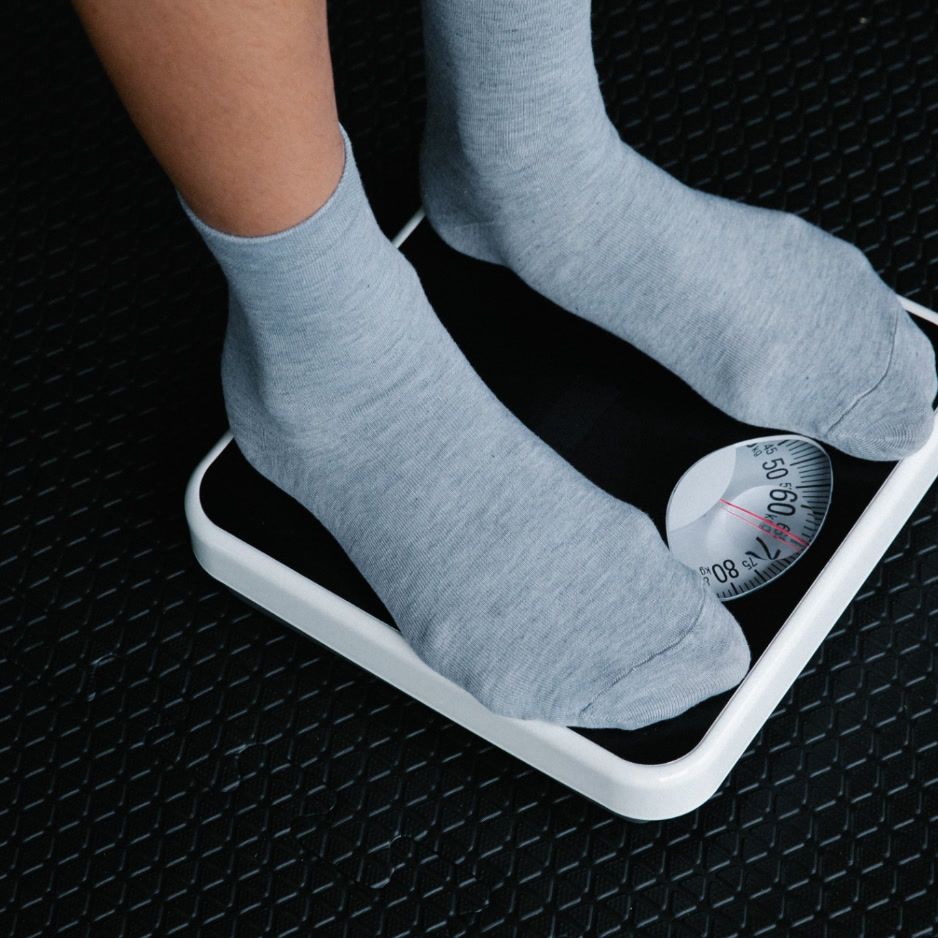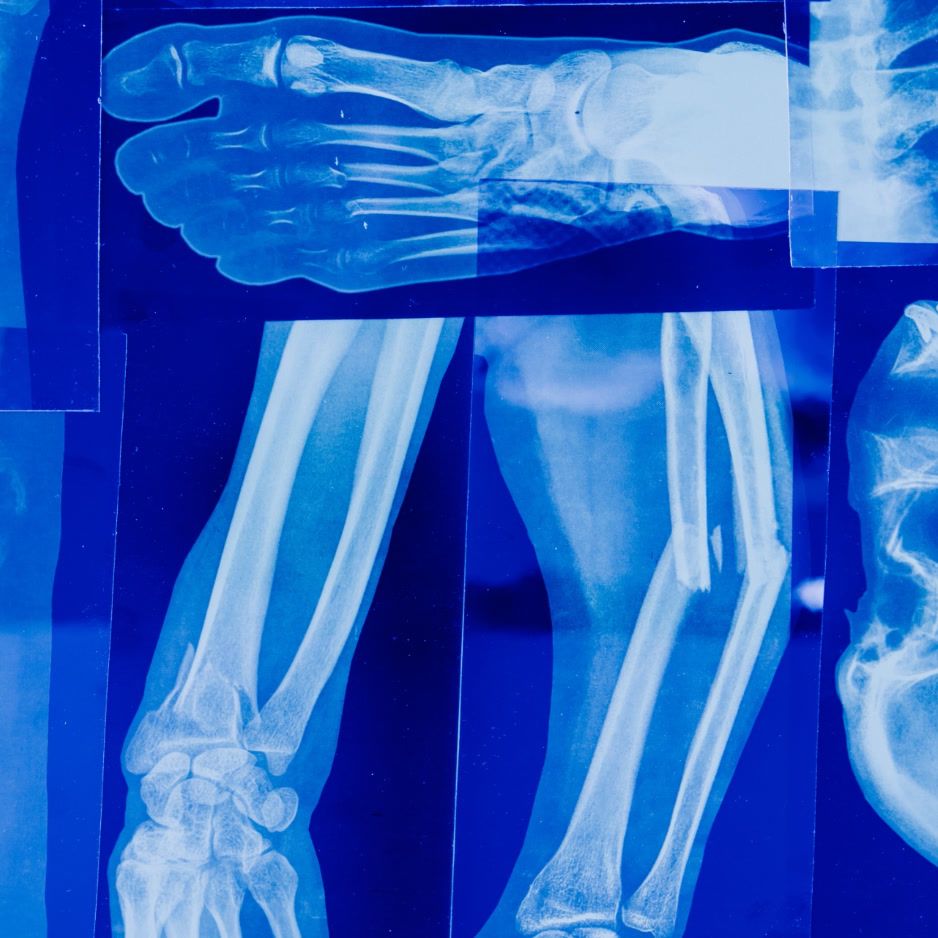Is Sleep Apnea Reversible With Weight Loss?

Is Sleep Apnea Reversible With Weight Loss?
Obstructive sleep apnea (OSA) can feel like a nightly tug-of-war with your own airway. While a continuous positive airway pressure (CPAP) machine often wins the battle in the short term, many people wonder whether reaching a healthier weight could eliminate the disorder altogether. Evidence shows that dropping even a few pounds can translate into noticeably fewer apnea events. This guide explores the evidence, quantifies the impact of weight loss on OSA, and outlines strategies for achieving lasting results.
Why Extra Weight Worsens Sleep Apnea
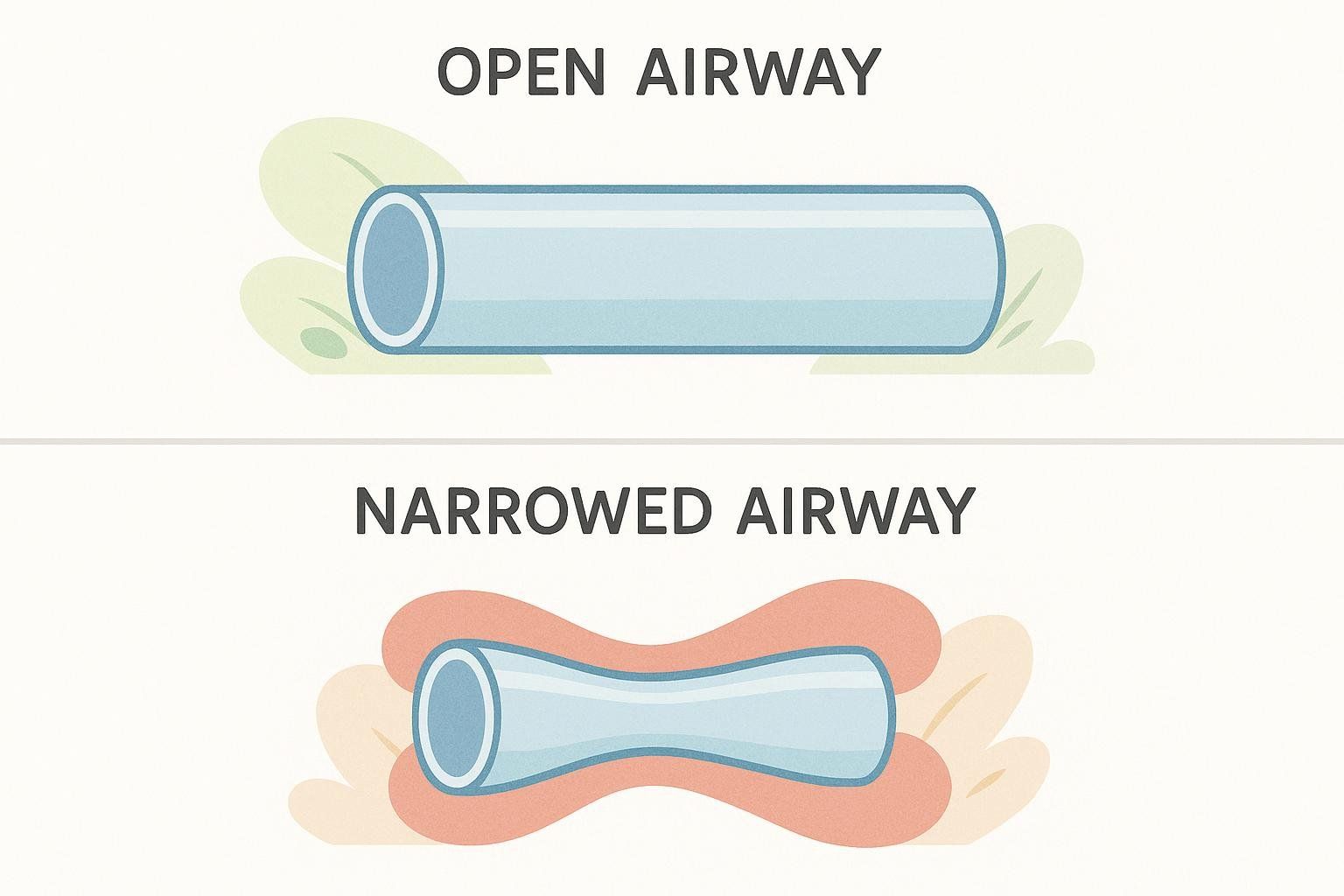
Think of your airway as a garden hose. Adding soft tissue and fat around the neck is like stepping on that hose—it narrows the opening and makes it easier for the walls to collapse when the muscles relax during sleep. Carrying excess visceral fat around the abdomen pushes the diaphragm upward, reducing lung capacity and making airway collapse even more likely.
Key mechanisms include:
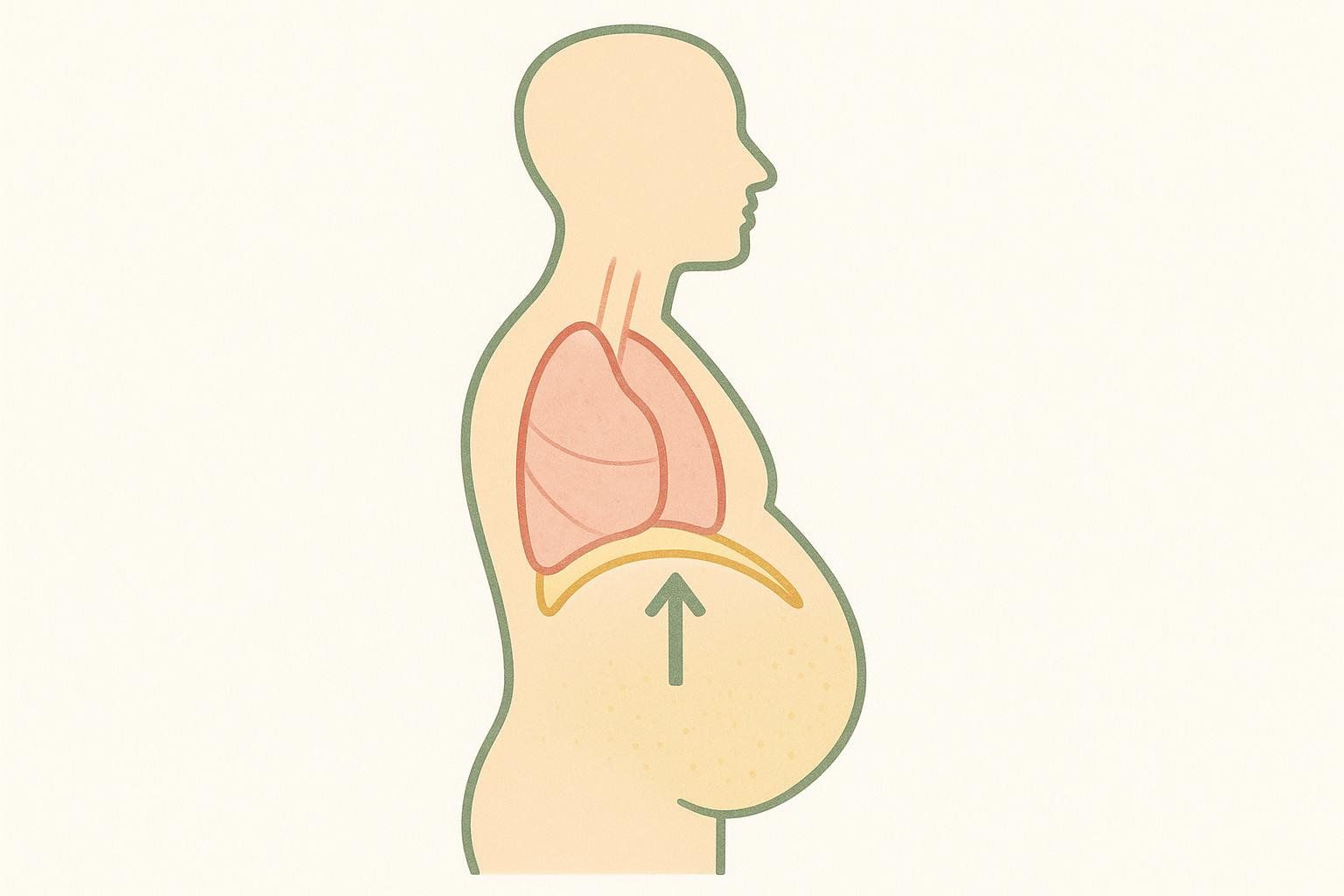
- Upper-airway fat deposition increases neck circumference and directly narrows the airway.
- Reduced lung volume from central (belly) obesity lowers “tracheal tug,” a natural force that keeps the airway open.
- Systemic inflammation tied to obesity alters the muscle tone of the pharynx.
The result? More frequent airway blockages, loud snoring, and sudden drops in oxygen—hallmarks of OSA.
What the Research Says About Weight Loss and OSA Severity
Multiple clinical trials confirm a dose–response relationship: the more weight you lose, the larger the drop in apnea-hypopnea index (AHI)—the number of breathing interruptions per hour of sleep.
| Study | Population | Average Weight Change | Change in AHI |
|---|---|---|---|
| Sleep AHEAD 10-year follow-up | 264 adults with obesity & type 2 diabetes | −7.1 kg at 10 yrs | −7.4 events/h |
| Intensive lifestyle intervention vs. usual care (JAMA) | 264 adults, 1-yr follow-up | −10.8 kg | −9.7 events/h |
| Dose-response analysis – J Clin Sleep Med 2022 | 180 adults in diet/lifestyle RCT | Per −1 kg lost | ~0.78 events/h drop |
Note: The final entry shows the average AHI reduction per kilogram of weight lost, based on a dose-response analysis.
How Much Weight Do You Need to Lose?
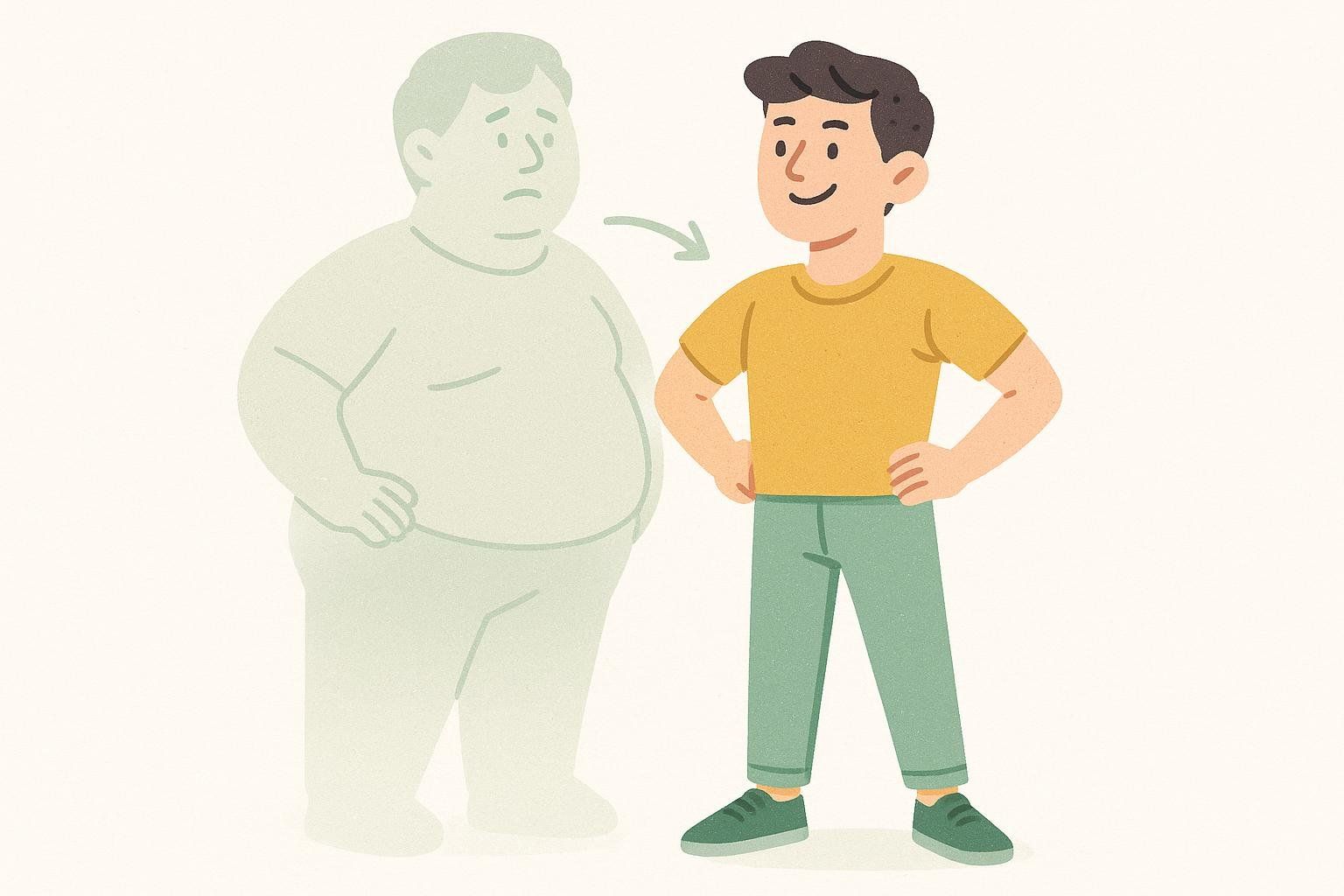
Clinical data point to several useful milestones:
- 5 % of starting body weight: Often enough to convert severe OSA to moderate.
- 10 % weight loss: Linked to a 26–32 % average reduction in AHI (Sleep AHEAD study).
- 15 %+ weight loss: Increases the odds of complete remission, especially if baseline AHI < 30.
Quick Estimation Formula
- Metric: The 2022 dose-response analysis found that every kilogram lost correlates with an average 0.78-event/hour AHI drop. Example: losing 10 kg (~22 lb) could reduce AHI by roughly eight events per hour.
- Imperial: Prefer pounds? Multiply the number of pounds lost by 0.35 to estimate the AHI improvement.
Can Weight Loss Cure Sleep Apnea?
The term “cure” requires caution, as sleep apnea can return if weight is regained. Data from Harvard Health indicate OSA remission rates of 20–40 % after sustained weight loss of 10 % or more—especially when the starting disease is mild to moderate (Harvard Health).
Key predictors of remission:
- Baseline AHI < 30 events/h
- Weight loss ≥ 15 %
- Younger age and smaller neck circumference
For severe OSA, weight loss often downgrades severity but doesn’t always eliminate events entirely. In that case, combining lifestyle change with CPAP delivers the best outcomes.
Why CPAP + Weight Loss Is a Power Combo
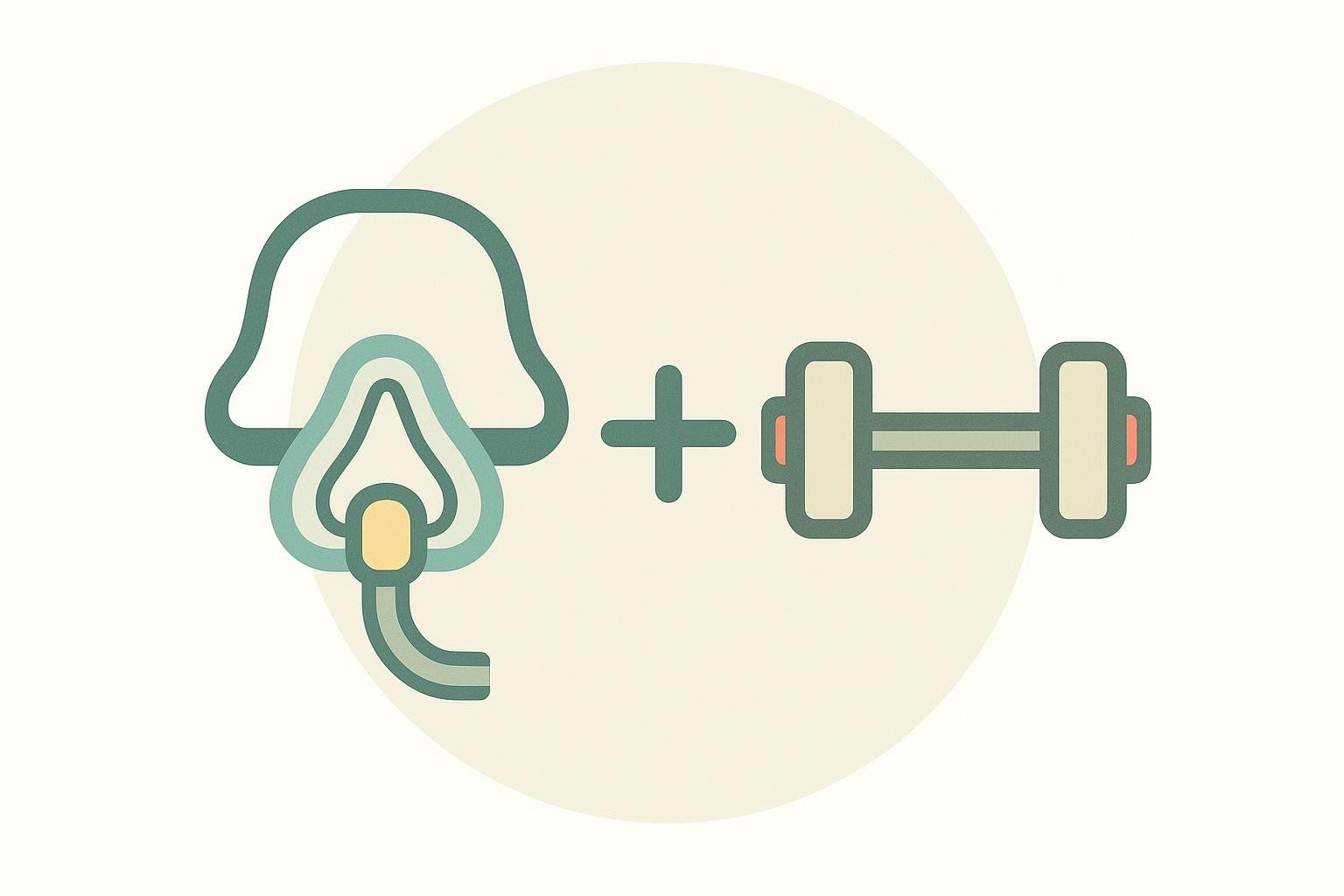
Think of CPAP as crutches for a healing ankle. You wouldn’t ditch the crutches on day one—and likewise, you shouldn’t abandon or change your CPAP therapy without a doctor’s guidance and a follow-up sleep study confirming you no longer need it. Staying consistent with CPAP while you lose weight:
- Prevents oxygen drops that hinder energy and workout recovery
- Lowers cardiovascular risk while you work toward long-term remission
- Makes it easier to stay active and burn calories during the day
Your Tiered Weight-Management Checklist
Before starting any new diet or exercise program, consult your physician or a registered dietitian—especially if you have existing medical conditions or severe OSA. Achieving meaningful, sustainable weight loss often happens in stages. Use the following tiered plan as a roadmap for progressing from modest fat loss to potential OSA remission.

10 % Weight-Loss Goal
- Schedule a baseline DEXA scan to quantify fat vs. muscle.
- Create a 300–500-calorie daily deficit with a high-protein diet.
- Walk at least 7,000 steps per day; add two strength sessions weekly.
- Re-scan at 8 weeks to ensure ≥ 75 % of weight lost is fat, not muscle.
15 % Weight-Loss Goal
- Tighten calorie tracking or use our Weight-Loss Calculator.
- Aim for a high-protein diet—about 25–30 % of daily calories—to help preserve muscle mass.
- Add 1–2 high-intensity interval training (HIIT) sessions for extra calorie burn.
- Consider discussing GLP-1 medications with your doctor if progress stalls.
20 % Weight-Loss Goal
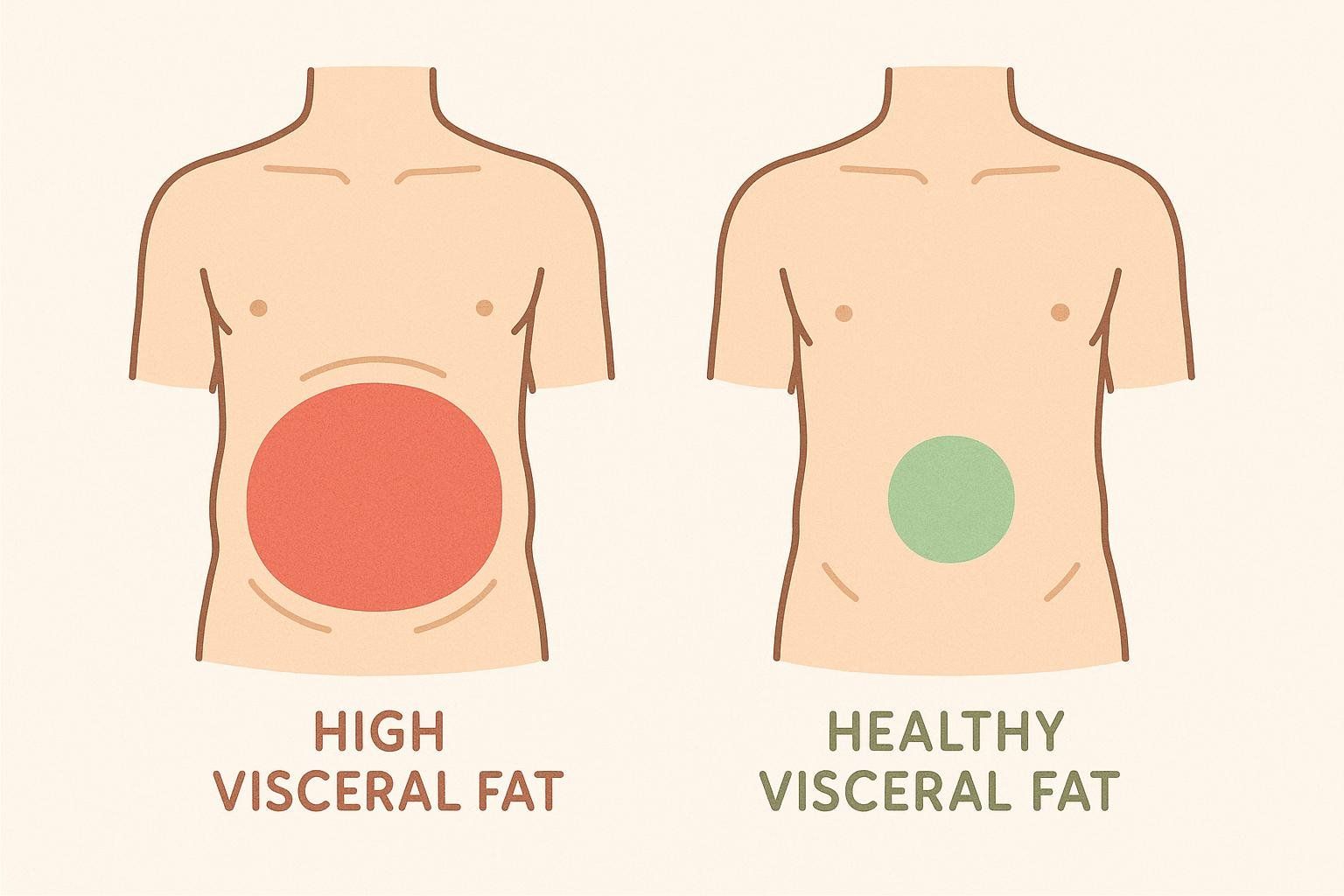
- Structure your week to include a mix of strength training, cardiovascular exercise, and active recovery.
- Regularly measure visceral fat with each DEXA scan—dropping it into the healthy range (rating < 10) greatly improves OSA odds.
- Schedule a repeat sleep test; talk to your sleep specialist about CPAP tapering.
Track Progress Beyond the Scale
Dual-energy X-ray absorptiometry (DEXA) —the gold standard for body composition—provides a three-part breakdown: fat mass, lean mass, and bone density. That lets you:
- Confirm that most weight lost is fat, not muscle
- Monitor visceral fat, a key predictor of OSA severity
- Adjust nutrition and training in real time
Curious? Read our beginner’s guide to DEXA scans or learn how to interpret your results.
Frequently Asked Questions
Does losing weight help central sleep apnea too?
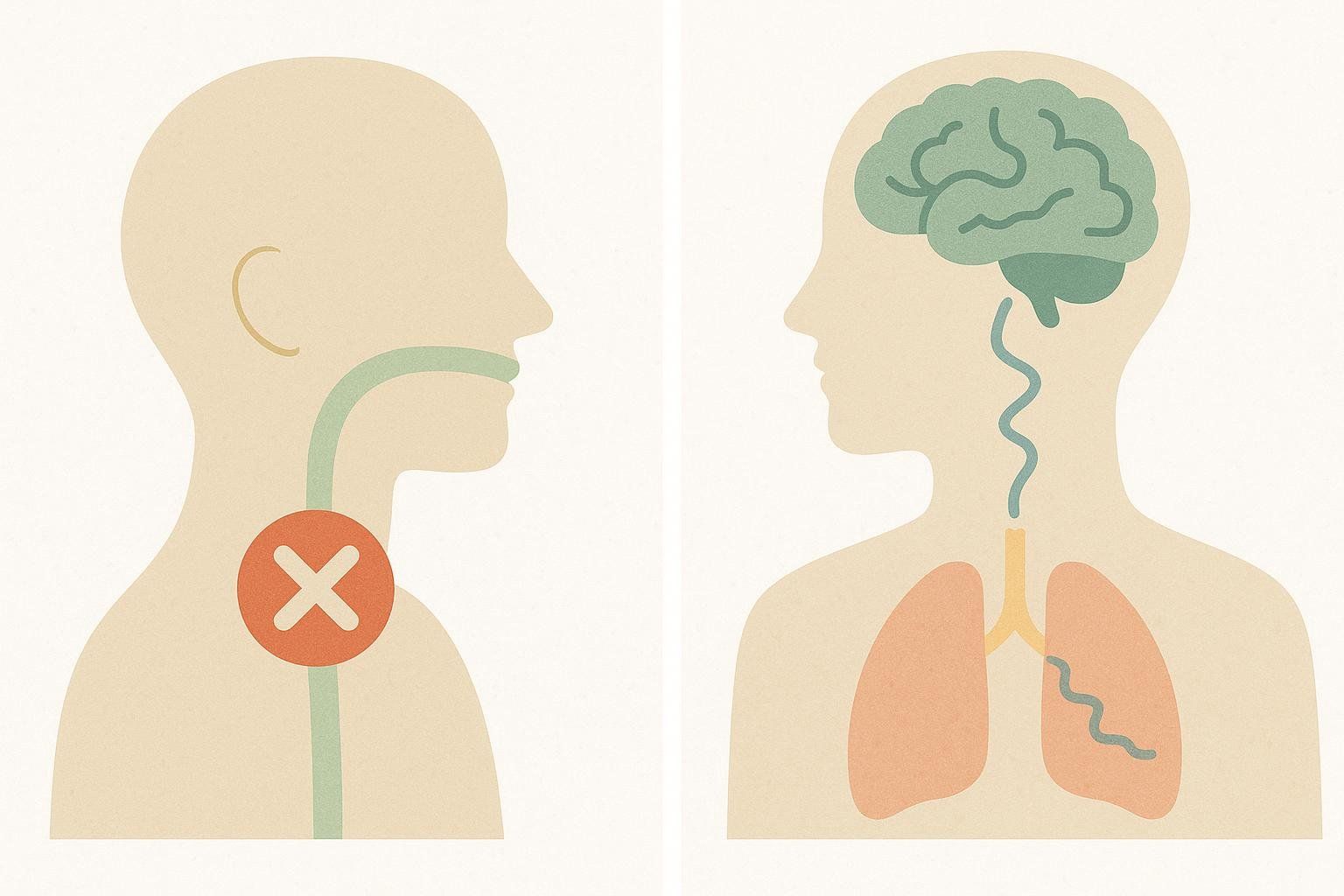
Central sleep apnea stems from brain signaling issues rather than airway blockage, so weight loss is not an effective treatment. Always ask your sleep physician which type you have.
Will Ozempic or other GLP-1 drugs reduce my sleep apnea?
Recent clinical trials—most notably the phase-3 SURMOUNT-OSA study on tirzepatide—reported average AHI reductions of 25–29 events per hour after 52 weeks, compared with about 5 events per hour on placebo. The key driver is the pounds lost, not the method.
Is bariatric surgery an option?
Yes. Procedures like gastric sleeve often produce > 20 % weight loss and high OSA remission rates, but they carry surgical risks and lifelong dietary changes.
How soon after losing weight should I repeat a sleep study?
Most specialists recommend a follow-up sleep test after you sustain your goal weight for at least three months.
Key Takeaways
- Extra weight—especially around the neck and abdomen—directly worsens OSA.
- Research suggests about a 0.78-event/hour AHI drop per kilogram lost; losing 10–15 % of body weight can lead to remission for up to 40 % of people.
- Pair CPAP with a structured weight-loss program until a doctor-supervised sleep study confirms you’re in the clear.
- Use DEXA scans to verify that the weight you lose is primarily fat, not muscle—and to keep tabs on visceral fat levels.
Ready to see how your body composition stacks up? Book a BodySpec DEXA scan today to get the data you need for your health journey.
